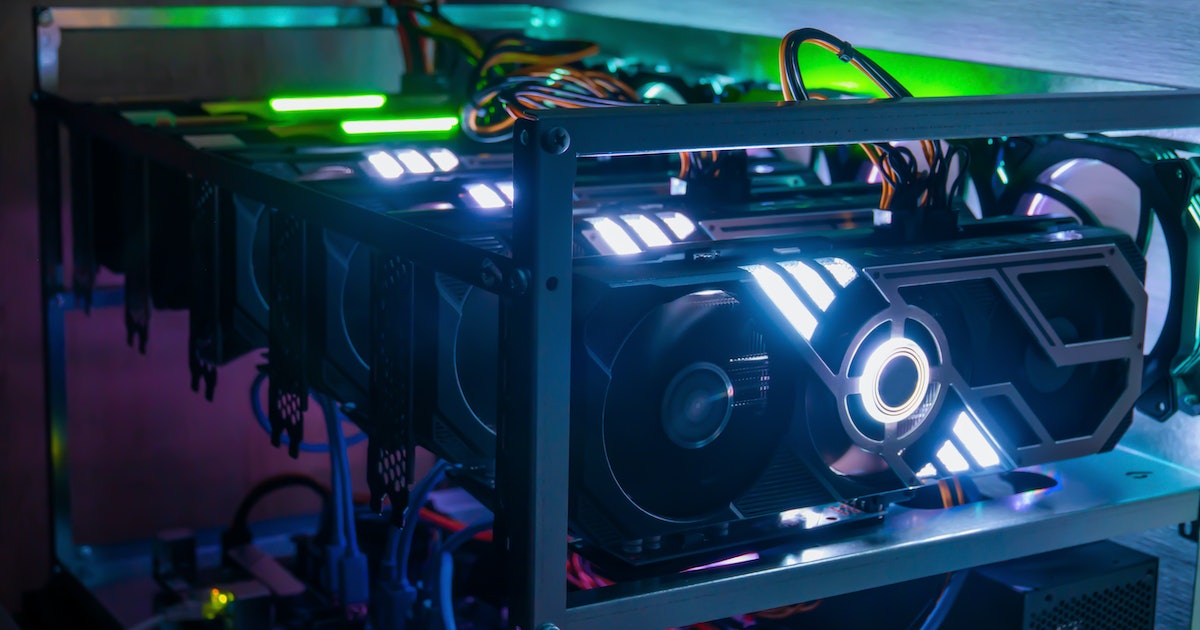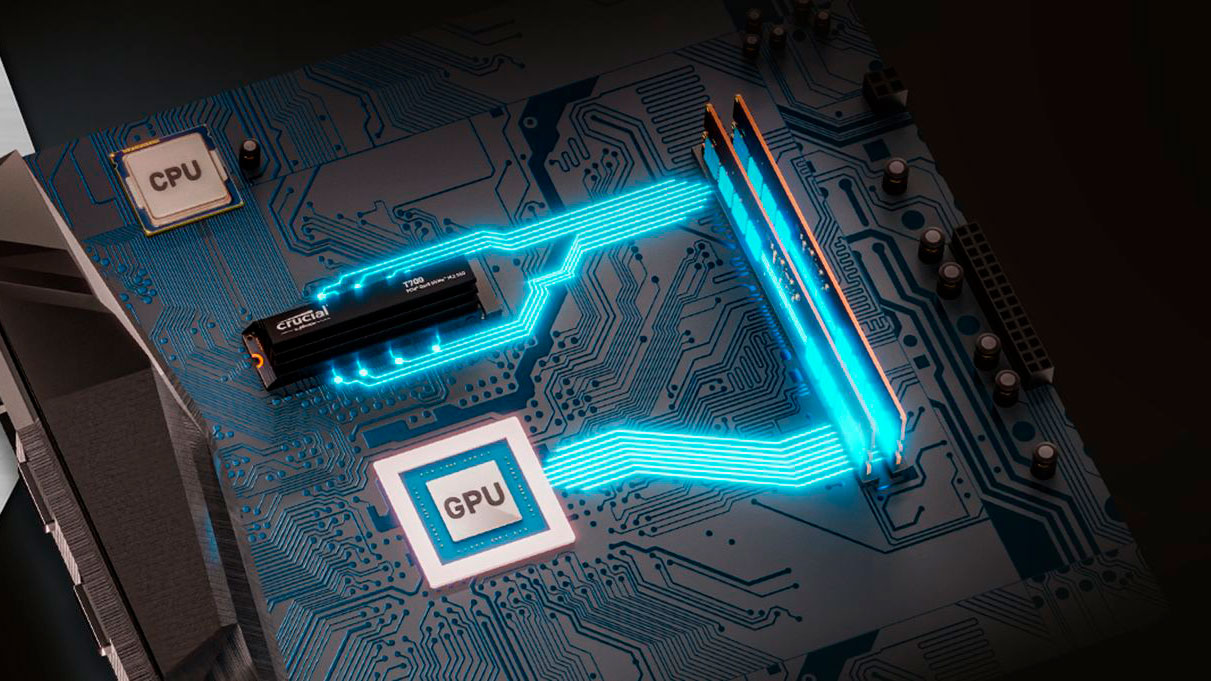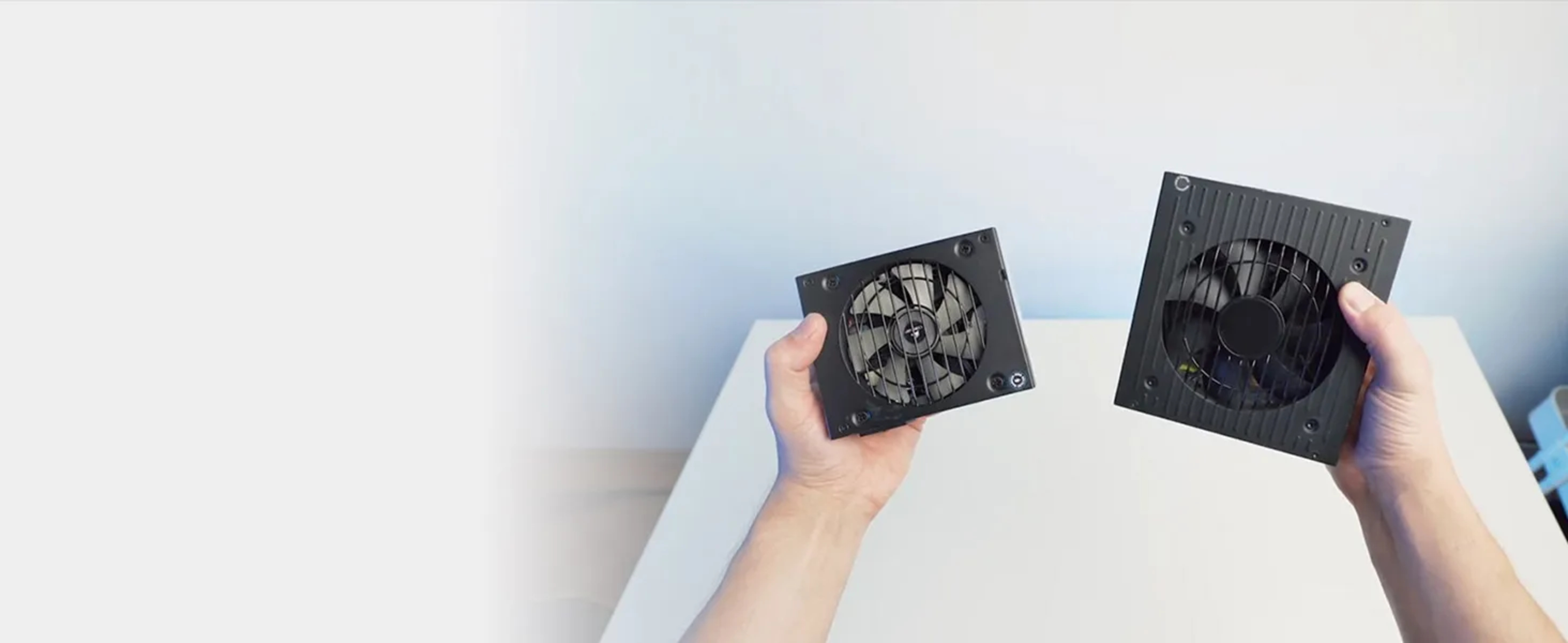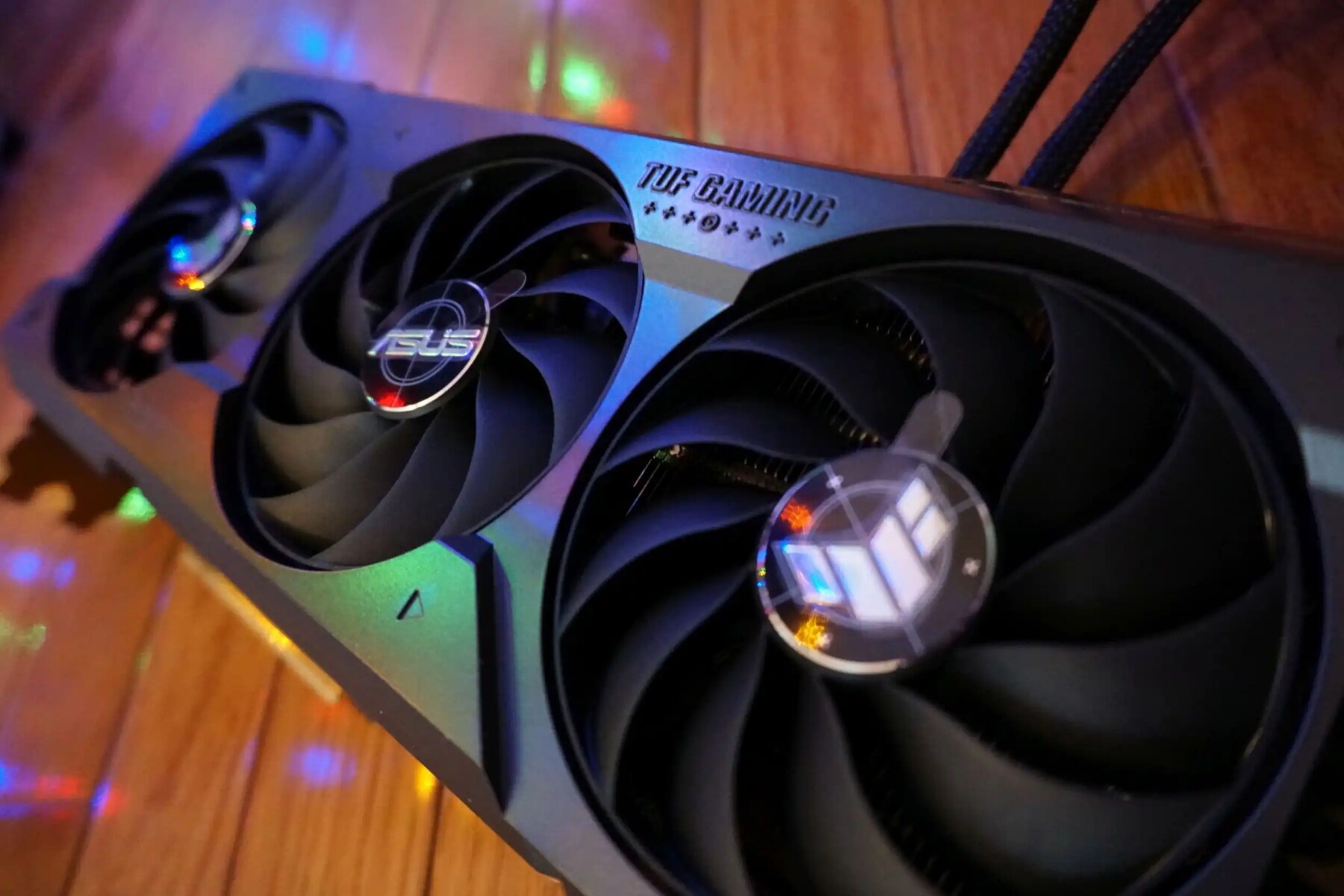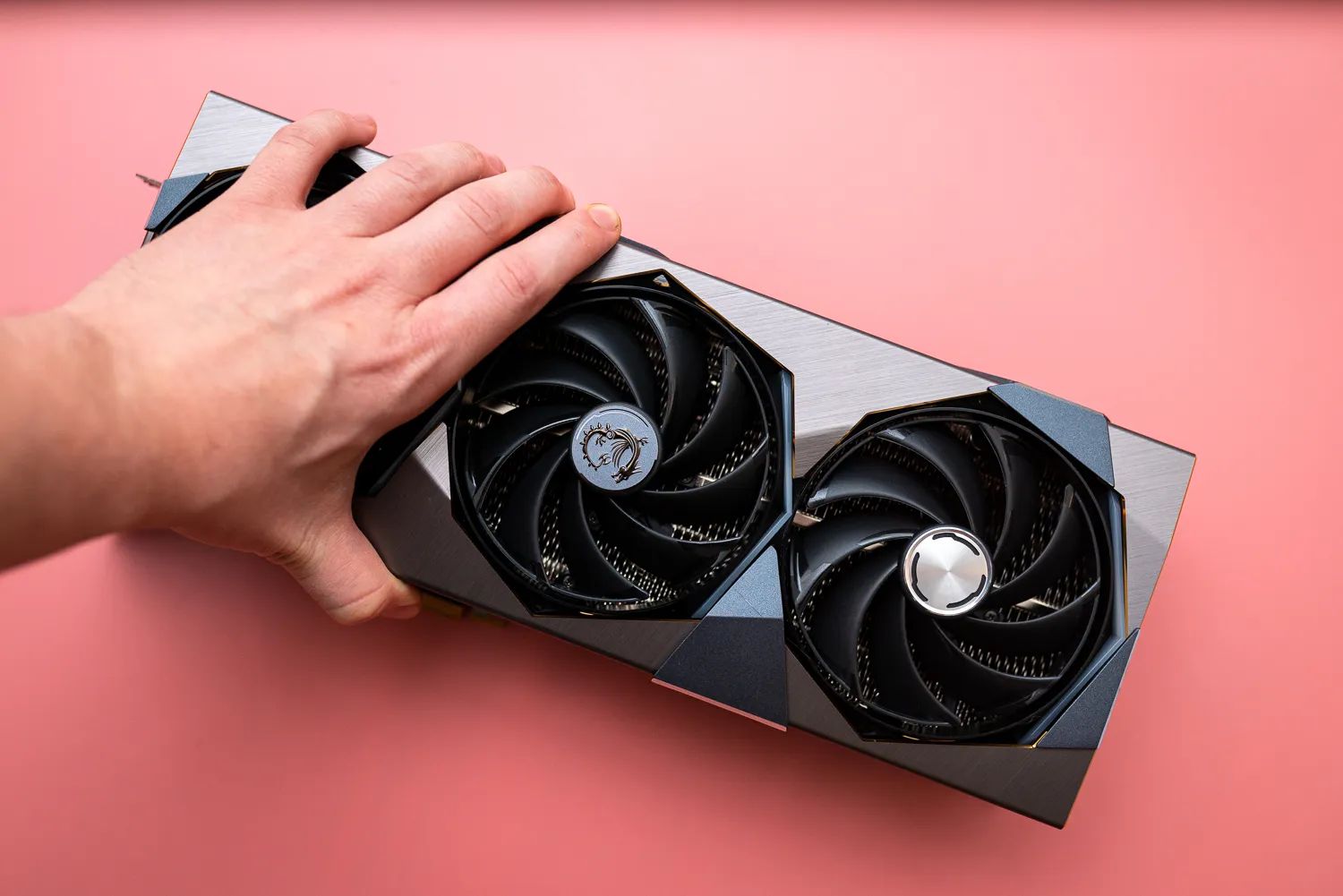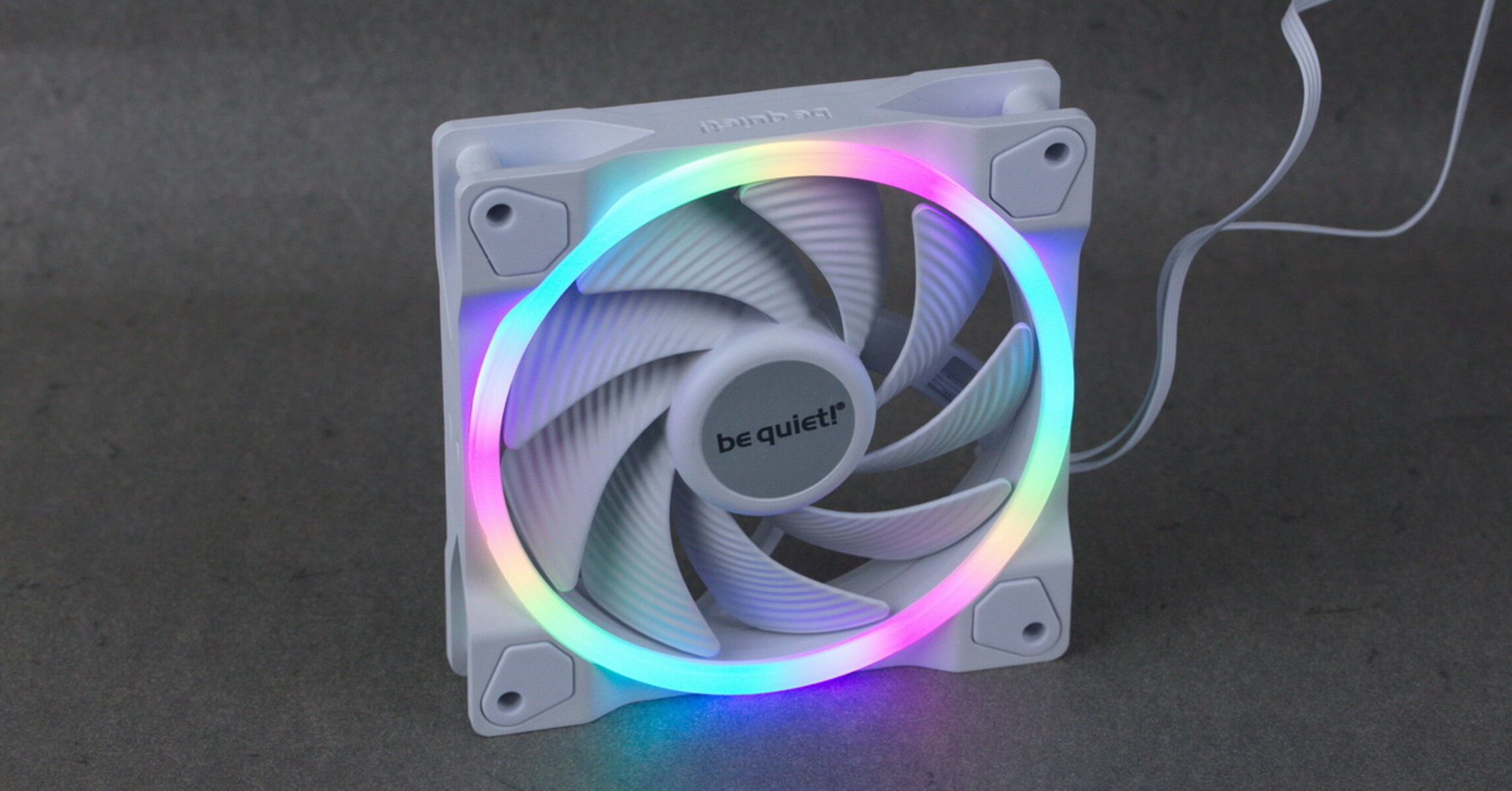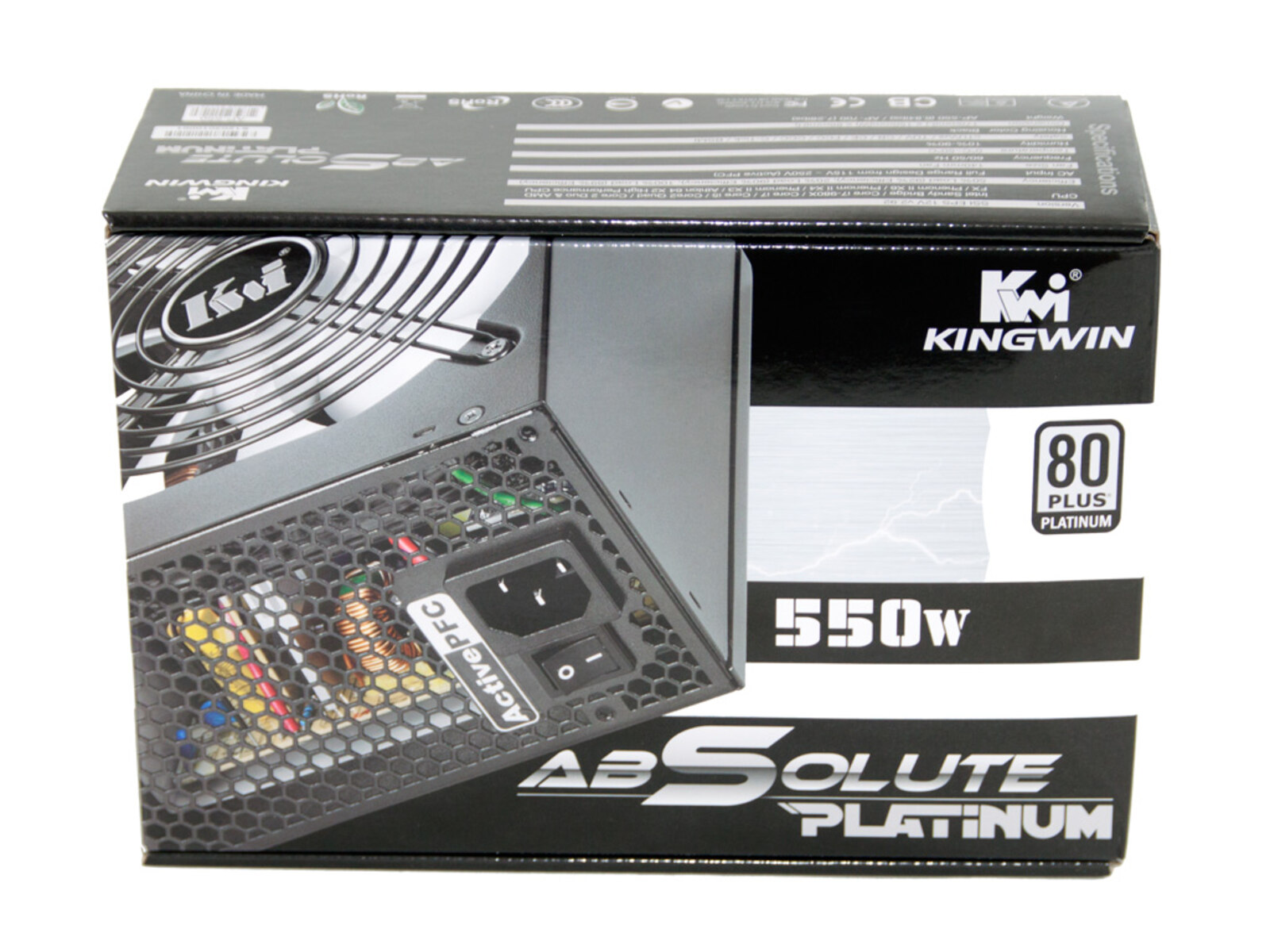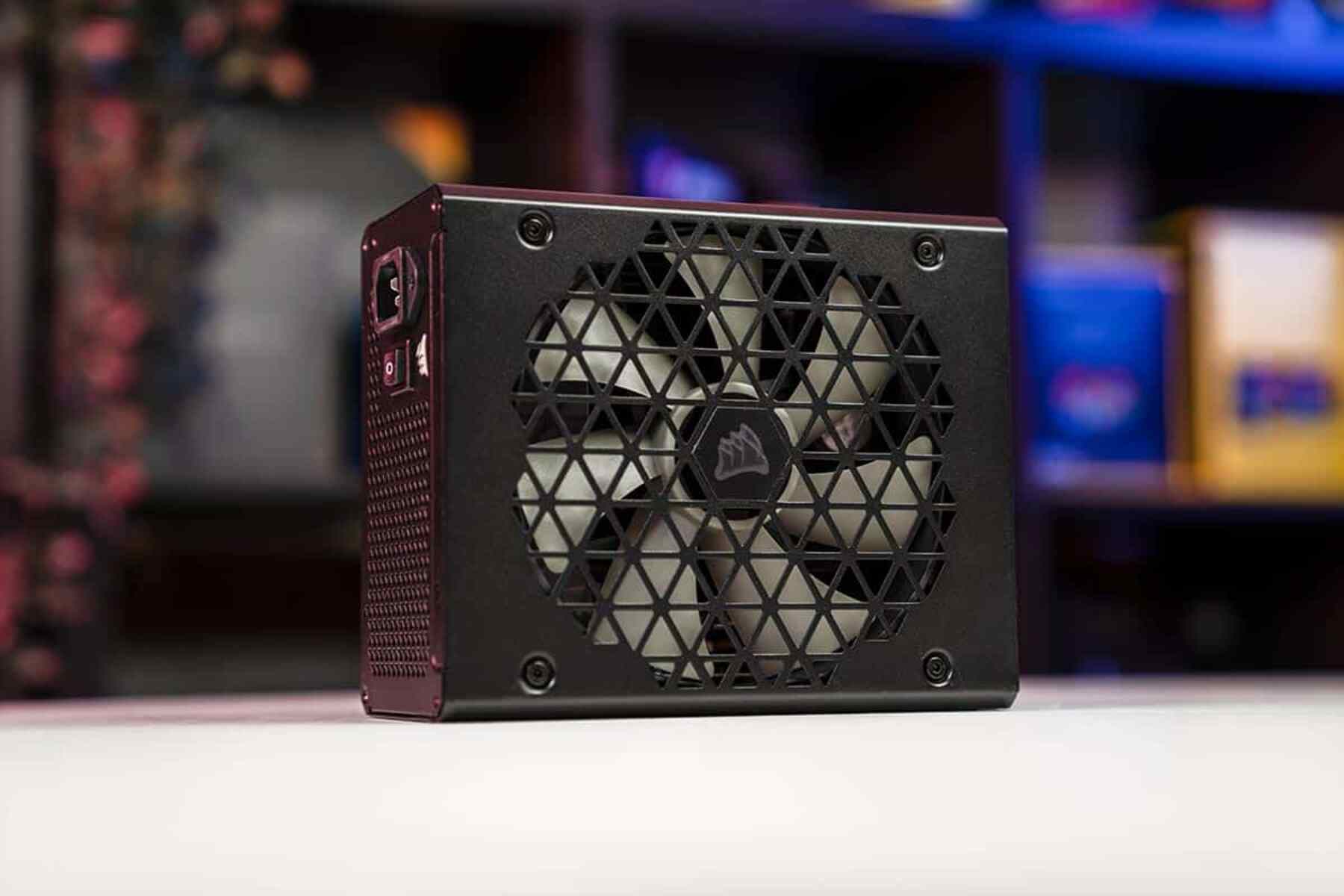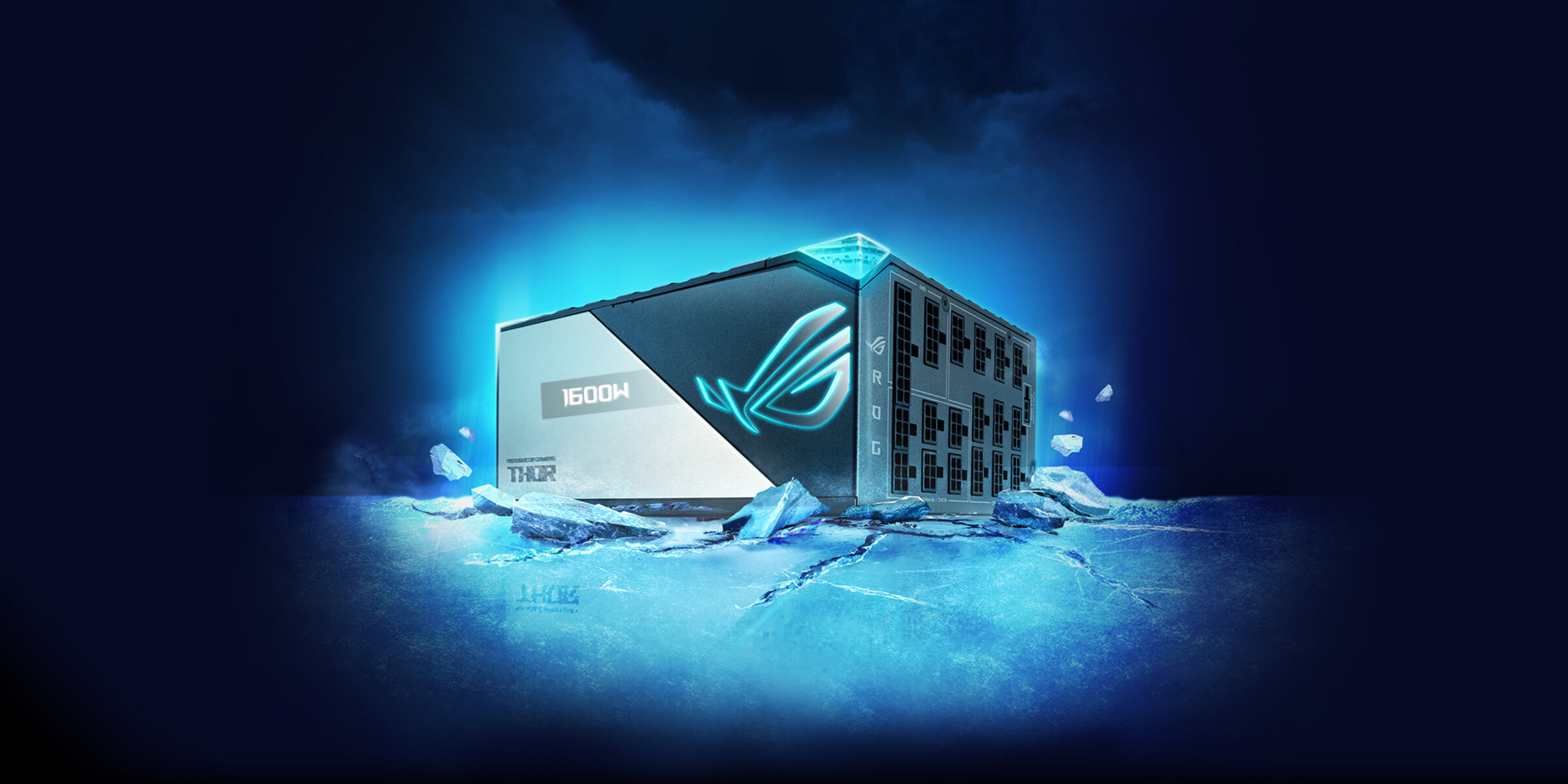Introduction
Graphics Processing Units (GPUs) are an essential component of modern computer systems, playing a crucial role in handling complex graphics-intensive tasks. From gaming to video editing and machine learning, GPUs are responsible for rendering high-quality images and accelerating computational processes. However, users sometimes experience their GPU usage spiking to 100%, which can cause concerns and impact the performance of their system.
In this article, we will explore the reasons behind these sudden spikes in GPU usage and discuss potential solutions. By understanding the underlying causes, users can take proactive measures to address the issue and optimize their system’s performance.
Before we dive into the possible reasons for GPU usage spikes, let’s first establish a clear definition of GPU usage. GPU usage refers to the percentage of a GPU’s processing power that is actively being utilized at any given time. It indicates how much of the GPU’s capabilities are being utilized to perform tasks such as rendering graphics, handling complex calculations, or running computationally intensive applications.
It’s important to note that GPU usage will naturally vary depending on the tasks being performed. For example, during graphically intensive activities like gaming or video rendering, it’s normal for the GPU usage to be high. However, if the usage constantly reaches 100% for prolonged periods, it can indicate potential issues that need to be addressed.
So, why does GPU usage spike to 100%? There are a few common causes that can lead to this phenomenon. By identifying these causes, users can narrow down the potential culprits and take appropriate actions to resolve the issue. Let’s explore these causes in more detail in the following sections.
What is GPU Usage?
GPU usage, or Graphics Processing Unit usage, refers to the percentage of a GPU’s processing power that is actively being utilized at a given time. It is a crucial metric that indicates the workload on the GPU and determines how efficiently it is performing tasks related to graphics rendering, complex calculations, and other computationally intensive operations.
GPU usage is commonly represented as a percentage, with 0% indicating no workload and 100% indicating full utilization of the GPU’s capabilities. This metric helps users monitor the performance of their GPU and identify potential bottlenecks or issues that may impact its functionality.
Understanding GPU usage is particularly important for tasks that heavily rely on graphics processing, such as gaming, 3D modeling, video editing, and machine learning. In these scenarios, the GPU plays a significant role in delivering smooth and immersive experiences by rendering high-resolution graphics, handling complex simulations, and accelerating data processing.
Monitoring GPU usage can be done through various tools and software utilities. These tools provide real-time information about the GPU’s utilization, temperature, clock speeds, and other relevant metrics. By keeping an eye on GPU usage, users can assess the workload on their GPU and make informed decisions to optimize performance or troubleshoot issues.
It’s important to note that GPU usage can fluctuate depending on the tasks being performed. Certain applications or games may demand more GPU resources, leading to higher usage percentages. On the other hand, less demanding tasks may result in lower GPU usage. Therefore, it is normal to observe variations in GPU usage based on the specific workload at any given time.
Overall, GPU usage is a crucial aspect to monitor for users who heavily rely on graphics-intensive tasks. By understanding and analyzing GPU usage patterns, users can ensure that their GPU is performing optimally and identify any potential issues that may arise. This knowledge can help users optimize their system’s performance and address any concerns related to GPU usage spikes.
Why Does GPU Usage Spike to 100%?
Experiencing a sudden spike in GPU usage where it reaches 100% can be concerning for users. This high-level of GPU utilization can result in performance issues, such as lag, stuttering, or frame drops. Let’s explore some common reasons why GPU usage may spike to 100%:
1. Overheating: Overheating is one of the primary causes of GPU usage spikes. When a GPU becomes too hot, it may activate its built-in safety mechanism, causing it to throttle and reduce performance. This, in turn, can lead to an increased workload on the GPU as it tries to compensate for the reduced performance, resulting in a spike in GPU usage.
2. Inadequate power supply: GPUs require a sufficient and stable power supply to function properly. If the power supply is insufficient or unstable, the GPU may not receive enough power to perform at its full capacity. In such cases, the GPU may compensate by increasing its usage, causing it to spike to 100%.
3. Outdated or incompatible drivers: GPU drivers play a crucial role in enabling the GPU to communicate effectively with the operating system. Outdated or incompatible drivers can cause various issues, including increased GPU usage. It’s essential to keep your GPU drivers up to date to ensure optimal performance and compatibility with your system.
4. Conflicting software or malware: Certain software programs or malware can interfere with the proper functioning of your GPU, resulting in increased usage. Conflicts between different software applications or the presence of malware can cause the GPU to work harder, leading to spikes in GPU usage.
5. Insufficient system memory: Insufficient system memory (RAM) can put additional strain on the GPU, causing it to work harder and reach 100% usage. When the system runs out of available memory, it relies more heavily on the GPU’s memory, which can contribute to increased GPU utilization.
6. Running demanding tasks or software: Intensive tasks or software, such as graphically demanding games, video editing software, or 3D modeling applications, can put a significant load on the GPU and cause its usage to spike to 100%. These tasks require a higher level of GPU processing power, leading to increased utilization.
To address GPU usage spikes, it is important to identify the specific cause in your scenario. Monitoring GPU temperature, updating drivers, running antivirus scans, optimizing system memory, and managing software conflicts can help mitigate GPU usage spikes and improve overall system performance.
In the following sections, we will delve deeper into each of these causes and discuss potential solutions, allowing you to troubleshoot and tackle GPU usage spikes effectively.
Overheating
One of the most common causes of GPU usage spikes is overheating. GPUs generate heat during operation, and if this heat is not effectively dissipated, it can lead to higher temperatures. When a GPU reaches its thermal limits, it may activate its built-in safety mechanism to protect itself, causing it to throttle and reduce performance. This can result in increased GPU usage as the GPU tries to compensate for the reduced performance.
Several factors can contribute to overheating, including inadequate cooling systems, dust buildup, or overclocking. Here are some potential solutions to address overheating:
1. Clean the GPU and cooling system: Dust accumulation can restrict airflow and impede proper cooling. Use compressed air or a gentle brush to clean the GPU and fans, ensuring optimal air circulation and heat dissipation. Be careful not to apply excessive force or damage any components.
2. Ensure proper ventilation: Ensure that your computer case has adequate ventilation. Make sure that intake fans bring in cool air, and exhaust fans expel hot air efficiently. Keeping your computer in a well-ventilated area, away from obstructions, can also help prevent overheating.
3. Apply thermal paste: Over time, the thermal paste between the GPU and the heatsink may dry out, reducing its effectiveness. Applying a fresh and high-quality thermal paste can help improve heat transfer and prevent overheating. However, this process requires careful handling, and if you’re not comfortable doing it yourself, consulting a professional is recommended.
4. Check for faulty cooling components: Faulty fans, heatsinks, or other cooling components can contribute to inadequate cooling. Ensure that all fans are spinning properly and that there are no physical damages to the cooling system. If you suspect any issues, consider replacing or repairing the affected components.
5. Adjust overclocking settings: Overclocking, which involves increasing the clock speeds of the GPU, can generate more heat. If you have overclocked your GPU, consider lowering the clock speeds or reverting to default settings to reduce heat generation and potential overheating.
6. Monitor GPU temperatures: Utilize monitoring software to keep an eye on the GPU temperature. This will help you identify any abnormal spikes in temperature or detect potential overheating issues early on.
Addressing overheating concerns can significantly improve GPU performance and prevent usage spikes. By implementing these steps, you can ensure that your GPU operates within safe temperature ranges, allowing for smoother and more efficient operation.
Inadequate Power Supply
An inadequate power supply is another factor that can contribute to GPU usage spikes. GPUs require a sufficient and stable power supply to operate at their full capacity. If the power supply is insufficient or unstable, the GPU may not receive enough power, which can lead to increased GPU usage as it compensates for the limited power available.
Here are some potential solutions to address inadequate power supply issues:
1. Check the power supply wattage: Ensure that your power supply has enough wattage to support your GPU and other components. High-end GPUs often require more power, so consider upgrading to a power supply with a higher wattage rating if necessary.
2. Verify the power supply connections: Make sure that all power supply cables are properly connected to the GPU. Loose or incorrectly plugged-in cables can result in power delivery issues, which can impact GPU performance. Ensure that the connectors are secure and aligned correctly.
3. Investigate power fluctuations: Inconsistent power supply can also impact GPU performance. Use a voltage monitor or a UPS (Uninterruptible Power Supply) to detect any power fluctuations or instabilities. If you experience frequent power fluctuations, consider consulting an electrician or contacting your power provider for assistance.
4. Consider a high-quality power supply: Investing in a high-quality power supply can ensure stable and reliable power delivery to your GPU. Look for power supplies from reputable manufacturers that have good reviews and meet the necessary power requirements for your system.
5. Reduce power-consuming components: If you have multiple power-hungry components, such as additional drives or high-performance processors, consider reducing or optimizing their power consumption. This can help alleviate the strain on the power supply and ensure proper power delivery to the GPU.
6. Consult a professional: If you have exhausted all troubleshooting steps and are still experiencing inadequate power supply issues, it may be beneficial to seek professional assistance. A computer technician or hardware specialist can diagnose the problem and recommend appropriate solutions.
Addressing inadequate power supply concerns is essential to ensure stable GPU performance. By taking the necessary steps to ensure sufficient and stable power delivery, users can minimize GPU usage spikes and optimize their system’s overall performance.
Outdated or Incompatible Drivers
Outdated or incompatible drivers can be a common cause of GPU usage spikes. GPU drivers act as the communication link between the operating system and the GPU, enabling them to work together efficiently. If the GPU drivers are outdated or incompatible, it can result in performance issues and increased GPU usage.
Here are some potential solutions to address outdated or incompatible driver issues:
1. Update GPU drivers: Visit the manufacturer’s website or use their dedicated software to determine if there are any available driver updates. Download and install the latest drivers compatible with your GPU model and operating system. Regularly updating your GPU drivers can optimize performance, fix compatibility issues, and mitigate GPU usage spikes.
2. Perform a clean driver installation: Sometimes, remnants of previous driver installations can cause conflicts and issues. Performing a clean installation involves completely removing the current drivers before installing the new ones. To do this, use specialized software like Display Driver Uninstaller (DDU) to uninstall the existing drivers, then proceed with a fresh installation of the latest drivers.
3. Check compatibility: Ensure that the GPU drivers you are installing are compatible with your GPU model and operating system. Installing drivers that are not designed for your specific hardware can lead to compatibility issues and potentially increased GPU usage. Double-check the compatibility information provided by the manufacturer before installing any drivers.
4. Consider beta or stable drivers: GPU manufacturers often provide both stable and beta versions of their drivers. Stable drivers are generally recommended for most users as they have undergone extensive testing. However, in some cases, beta drivers can provide additional performance improvements or compatibility fixes. Assess your requirements and read the release notes before choosing which driver version to install.
5. Automate driver updates: Using dedicated software or utilities can automate the driver update process, ensuring that you have the latest drivers installed without manual intervention. These tools can periodically check for driver updates and prompt you to download and install them, simplifying the maintenance process.
6. Roll back to a previous driver version: In rare cases, a new driver version may introduce compatibility issues or conflicts with your system. If you have recently updated your drivers and noticed increased GPU usage, consider rolling back to a previous driver version that was stable and functional for your system.
Ensuring that your GPU drivers are up to date and compatible with your system is crucial for optimal performance. By following these steps and keeping your GPU drivers updated, you can address driver-related issues and potentially reduce GPU usage spikes.
Conflicting Software or Malware
Conflicting software or malware can interfere with the proper functioning of your GPU and cause increased GPU usage. Certain software applications can conflict with the GPU, leading to excessive resource consumption and spikes in GPU usage. Additionally, the presence of malware on your system can also impact GPU performance and result in higher GPU utilization. It is important to address these issues to ensure smooth operation of your GPU.
Here are some potential solutions to resolve conflicts between software or mitigate the impact of malware:
1. Identify conflicting software: Start by identifying any software programs that may be conflicting with your GPU. Check for recently installed software or any known applications that are known to cause conflicts. Uninstall or disable these applications to see if it resolves the issue. Additionally, closing unnecessary background programs while using GPU-intensive tasks can also help alleviate conflicts.
2. Run antivirus scans: Malware infections can impact the performance of your system, including the GPU. Run a thorough antivirus scan using a reliable antivirus software to detect and remove any malware present on your system. This can help stabilize GPU usage and restore optimal performance.
3. Keep software up to date: Ensure that all software, including your operating system, drivers, and applications, are up to date. Software updates often include bug fixes, performance improvements, and enhanced compatibility, which can help minimize conflicts and optimize GPU usage.
4. Use trusted sources for software: When installing new software, only use trusted sources such as official websites or reputable app stores. Downloading software from unverified sources can increase the risk of installing malicious or conflicting programs that can affect your GPU’s performance.
5. Optimize software settings: Some software applications may have settings that impact GPU usage. Check the software settings and look for options related to graphics performance or hardware acceleration. Adjusting these settings can help reduce GPU usage and prevent conflicts.
6. Consider a clean system installation: In extreme cases where conflicts persist despite troubleshooting measures, a clean installation of the operating system can help resolve conflicting software issues. This can eliminate any underlying software conflicts and provide a fresh start for your GPU.
By addressing conflicting software and mitigating the impact of malware, you can minimize GPU usage spikes and ensure smoother operation of your system. Regularly updating software, running antivirus scans, and being cautious with software installations can help maintain a stable and secure computing environment.
Insufficient System Memory
Insufficient system memory, or RAM (Random Access Memory), can contribute to increased GPU usage. When your system runs out of available memory, it may rely more heavily on the GPU’s memory, causing the GPU to work harder and reach 100% usage. This can be particularly noticeable when running memory-intensive applications or multitasking with several resource-demanding programs simultaneously.
Here are some potential solutions to address insufficient system memory:
1. Check system requirements: Ensure that the applications or games you are running have adequate system requirements, especially in terms of memory. If your system falls short of the recommended or minimum requirements, consider upgrading your RAM to increase the available memory for smoother operation.
2. Monitor resource usage: Keep an eye on your system’s resource usage, including memory, using task manager or system monitoring software. Identify any memory-hungry applications or processes and close unnecessary ones to free up memory resources for your GPU.
3. Close background programs: Background programs can consume memory even if they are not actively used. Close any unnecessary programs running in the background to free up memory for your GPU-intensive tasks. Consider disabling or removing any startup programs that are not crucial for your workflow.
4. Upgrade system memory: If you consistently encounter insufficient memory issues, upgrading your RAM can provide a significant performance boost. Consult your system’s specifications and consider adding more RAM modules to increase the total available memory capacity.
5. Optimize system settings: Adjusting system settings can help optimize memory usage. Configure your virtual memory settings to allow the system to use a portion of your hard drive as additional memory when needed. However, keep in mind that virtual memory may not offer the same level of performance as physical RAM.
6. Trim unnecessary processes: Some applications and processes may run automatically on startup or continue running even when not in use. Identify and disable or uninstall unnecessary and memory-consuming processes to free up system resources.
By addressing insufficient system memory, you can ensure that your GPU has sufficient resources to operate smoothly. Whether it’s upgrading your RAM, optimizing system settings, or managing background processes, these steps can help reduce GPU usage spikes associated with inadequate system memory.
Running Demanding Tasks or Software
Running demanding tasks or software is a common cause of GPU usage spikes. Certain applications and tasks, such as graphically intensive games, video editing software, or 3D modeling applications, can put a significant load on the GPU and cause its usage to spike to 100%. These tasks require a higher level of GPU processing power, leading to increased GPU utilization.
Here are some considerations and potential solutions to address GPU usage spikes caused by demanding tasks or software:
1. Manage graphics settings: Adjusting the graphics settings within demanding applications or games can help optimize GPU usage. Lowering the resolution, reducing graphical effects, or disabling features like anti-aliasing or shadow quality can lessen the strain on the GPU and result in lower usage percentages while still maintaining satisfactory visuals.
2. Optimize software settings: Some software applications offer additional settings to fine-tune performance. Explore the settings menu of the specific application you are using and look for options related to GPU usage, performance, or rendering quality. Tweaking these settings can help to balance performance and efficiency.
3. Close unnecessary background applications: When running demanding tasks or software, close any unnecessary background applications to free up system resources. Background processes, especially those that utilize the GPU, can impact its performance and contribute to higher GPU usage. Prioritize the task at hand and ensure that other applications are not using unnecessary GPU resources.
4. Upgrade your GPU: If you consistently encounter high GPU usage and performance issues when running demanding tasks, consider upgrading your GPU to a more powerful model. A higher-end GPU will provide more processing power and better handle graphically demanding applications or tasks, resulting in smoother performance and potentially lower GPU usage.
5. Monitor system temperature: Running demanding tasks or software can generate significant heat, which can impact GPU performance. Keep an eye on the GPU temperature using monitoring software and ensure that it stays within safe operating limits. If necessary, improve system cooling by optimizing airflow, cleaning dust from fans and heat sinks, or installing additional cooling solutions.
6. Consider GPU acceleration: Some software applications support GPU acceleration, utilizing the GPU’s processing power to accelerate specific tasks or operations. If available, enable GPU acceleration in the software settings to offload some of the processing burden from the CPU to the GPU, potentially resulting in more efficient resource allocation and reduced GPU usage.
By effectively managing demanding tasks or software, you can optimize GPU usage and enhance system performance. Fine-tuning graphics settings, closing unnecessary background applications, upgrading hardware when necessary, and monitoring system temperature are key steps to ensure a smooth and efficient experience while running resource-intensive applications or tasks.
Monitoring and Managing GPU Usage
Monitoring and managing GPU usage is essential to ensure optimal performance and troubleshoot any issues that may arise. By keeping track of GPU usage, users can identify potential bottlenecks, excessive resource consumption, or irregularities that could impact system performance. Here are some practices for monitoring and managing GPU usage effectively:
1. Utilize monitoring software: Install specialized GPU monitoring software to keep track of GPU usage in real-time. These tools provide detailed information about GPU temperature, clock speeds, memory usage, and utilization percentages. Popular monitoring software includes MSI Afterburner, GPU-Z, and HWiNFO. Monitoring software helps you identify if GPU usage is reaching 100% during specific tasks or software usage.
2. Identify resource-intensive applications or tasks: Analyze GPU usage trends to identify which applications or tasks are putting the most strain on the GPU. By identifying resource-intensive processes, you can optimize their settings, adjust their priority, or allocate system resources more effectively.
3. Optimize graphics settings: Adjust the graphics settings within applications or games to strike the right balance between visual quality and GPU usage. Lowering resolution, reducing anti-aliasing levels, or disabling unnecessary graphical effects can help reduce GPU workload while still delivering an enjoyable visual experience.
4. Upgrade hardware components: In cases where GPU usage consistently reaches 100% and causes performance issues, upgrading your hardware components may be necessary. Consider upgrading to a more powerful GPU or adding more RAM to alleviate the strain on system resources.
5. Manage background processes: Close unnecessary applications and background processes that may be utilizing GPU resources unnecessarily. This frees up GPU power for the tasks or software you want to prioritize, reducing GPU usage spikes and optimizing performance.
6. Update drivers and software: Regularly update your GPU drivers and software applications to benefit from performance improvements, bug fixes, and enhanced compatibility. Outdated drivers or software versions can sometimes cause increased GPU usage or conflicts, hindering optimal performance.
7. Monitor system temperature: Keep an eye on GPU and overall system temperature to ensure that it stays within safe operating limits. Excessive heat can impact GPU performance and stability. Ensure proper cooling by maintaining airflow, cleaning dust from fans and heat sinks regularly, and considering additional cooling solutions if necessary.
By actively monitoring and managing GPU usage, users can identify potential issues, optimize performance, and ensure a smooth computing experience. Regularly checking GPU usage, adjusting settings, and keeping hardware and software up to date are key practices to maintain a healthy and efficient GPU utilization.
Conclusion
GPU usage spikes to 100% can be concerning for users, impacting system performance and causing frustration. However, understanding the various factors that contribute to these spikes allows users to effectively address the issue and optimize GPU performance.
In this article, we discussed several common reasons for GPU usage spikes, including overheating, inadequate power supply, outdated or incompatible drivers, conflicting software or malware, insufficient system memory, and running demanding tasks or software. For each cause, we provided potential solutions and strategies to mitigate the issue.
To ensure optimal GPU performance and minimize usage spikes, it’s essential to implement proactive measures. Regularly monitoring GPU usage, utilizing appropriate monitoring software, and identifying any resource-intensive applications or tasks can help optimize system performance.
Additionally, managing graphics and system settings, upgrading hardware components when necessary, and keeping software, drivers, and applications up to date are crucial steps to maintain a stable and efficient computing experience.
Remember, addressing GPU usage spikes is a dynamic process, and individual solutions may vary depending on the specific system and circumstances. It’s important to analyze the root cause of the spike and implement the appropriate solution accordingly.
By proactively monitoring GPU performance, optimizing system settings, and addressing any issues promptly, users can ensure that their GPUs operate effectively and provide a smooth and reliable computing experience for all their graphics-intensive tasks.







